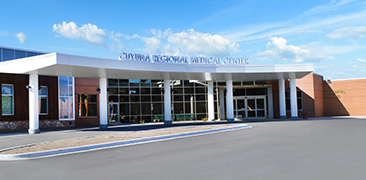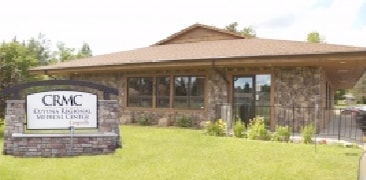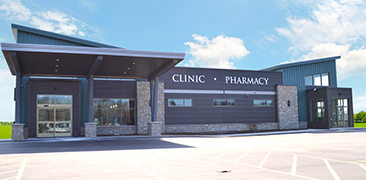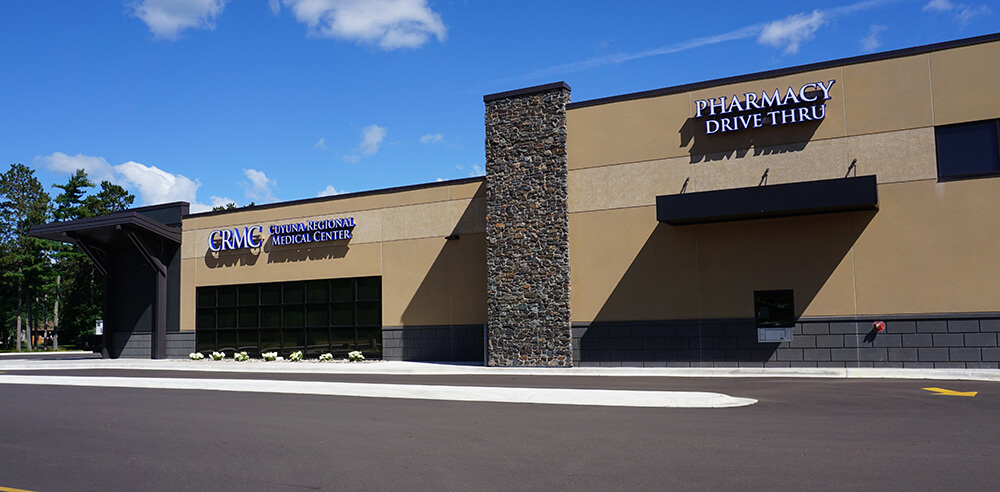Here we answer some frequently asked questions about pain management and what you can expect when you’re ready to schedule an appointment.
Make an appointment with an orthopedist that specializes in caring for knees if you experience:
- Difficulty standing
- Pain when bending your knee
- Pain when walking or climbing stairs
- Swollen or bruised knee
Count on our team to use non-surgical treatments as a first-line approach to care. Depending on your specific condition, your doctor may recommend:
- Anti-inflammatory medications – Reduce swelling, pain, or joint stiffness
- Casts, splints, or braces – Protect and support bones, ligaments, tendons, and tissues
- Custom orthotics – Provide personalized foot support
- Injections - Deliver medication directly to an affected area; ultrasound-guided injections are available at some locations
- Steroid injection – Reduces inflammation in and around your joint
- Nerve block – Relieves severe, chronic pain by injecting a local anesthetic and steroid to an affected nerve
- Viscosupplementation (hyaluronic acid injection) – Delivers a gel-like lubricating fluid to your joint to help it move more smoothly
- Physical therapy – Teaches you gentle exercises to help you reduce pain, increase your range of motion, and move more comfortably
Benefit from skilled orthopedic surgeons who’ve been specially trained in the surgical treatment of diseases and injuries of the knee.
Whenever possible, minimally invasive techniques, like knee arthroscopy, are used. This means you may have a faster recovery with less pain, smaller scars, and a lower risk of complications.
We offer a variety of knee procedures, including:
- Knee replacement – Remove damaged knee tissue and replace it with an artificial knee joint
- Anterior Cruciate Ligament (ACL) reconstruction – Replaces your torn anterior cruciate ligament
- Meniscus repair – Mends the cartilage that cushions the space between the bones in your knee
- Meniscus transplant – Places new, donor meniscus in your knee
- Osteoarticular Transfer System (OATS) cartilage repair surgery – Trades damaged cartilage for healthy cartilage from another area of your knee
- Posterior Cruciate Ligament (PCL) reconstruction – Replaces your torn posterior cruciate ligament
Typically, you will stay in the hospital up to one day after surgery, depending on how quickly you progress with physical therapy. Once you’re able to walk longer distances and are making consistent progress, you’ll be ready to go home.
Most patients will shower on the day after surgery while still in the hospital. When you return home, you may need a shower seat and a hand-held showerhead to help you bathe comfortably and safely. Your surgeon may also instruct you to cover your incision when you bathe.
Your surgeon will follow your care throughout your hospital stay. It is likely that you’ll see your surgeon, physician assistant, or nurse practitioner several times while in the hospital recovering. You will also have a follow-up appointment at the orthopedic clinic one, two and six weeks after surgery.
After surgery, you will notice discolored skin, some swelling and drainage around your incision. This is normal. If you experience painful redness, abnormal swelling, or thick, bad smelling drainage from your incision, you might have an infection. A temperature over 101°F also could indicate an infection.
Placing a pillow between your legs should help keep your knee comfortable and stable. You may sleep on your back or on either side, depending on what makes you most comfortable.
Taking antibiotics is a precaution to help ensure that your new artificial joint does not become infected. Additional surgeries or dental work increases the chances of infection. No matter where the infection starts, if it spreads to your new knee, the results could be very serious. When artificial joints become infected, they must be removed surgically and then replaced. Please let your dentist or physician know that you’ve had joint replacement surgery. This is important no matter how small or straightforward the dental procedure may be.
Recovery is a gradual process. Walking and physical therapy exercises will help speed your recovery.
- Six weeks: Most patients can participate in most daily activities.
- Three months: Most joint replacement patients have regained the strength and endurance they had before surgery.
- Six months: Most patients can expect full recovery, depending on the type of surgery, your overall health, and the success of your rehabilitation.
Returning to work is highly dependent on the type of work you do, as well as your own recovery progress. If you have an office or desk job, you can expect to return after four to six weeks. With more physical jobs that require lifting, extensive walking, or travel, you might need up to three months to fully recover. Your surgeon will tell you when you can return to work and if there are limitations.
Patients may not drive while taking any pain medications which impair driving skills. Check with your provider regarding this.
It’s important to keep your new joint moving. However, you should return to normal activities gradually. You will be instructed by your joint replacement care team to avoid specific positions that could put stress on your new joint. Avoid high impact activities and consult your surgeon before participating in a new exercise routine or a physically demanding sport.











